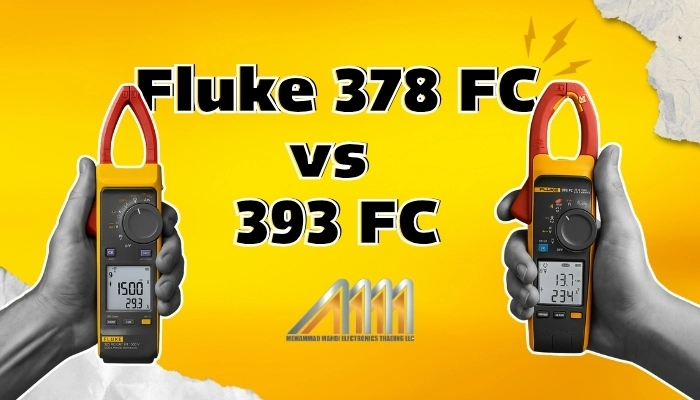
testo 835-T2 – High Temperature IR Thermometer
$2,361.00 (excl.VAT)FLIR TG165-X Thermal Camera
Hioki IR4056-20 Insulation Tester
$0.00 (excl.VAT)Megger Mit525 UK Insulation Resistance Tester
$0.00 (excl.VAT)Megger MIT2500 Insulation Tester
$0.00 (excl.VAT)FLIR TG165-X Thermal Camera
Avoid $20K Downtime with These Shaft Alignment Tools [2025 Guide]

Misaligned shafts are silent killers in industrial environments. A small change in coupling angles can lead to serious problems. This can cause equipment damage, loss of production, and unexpected downtime.
In 2025, no serious operation should run without a professional shaft alignment tool in their preventive maintenance arsenal. The right laser shaft alignment tool could mean the difference between smooth operation and a $20,000 breakdown.
What Is a Shaft Alignment Tool?
A shaft alignment tool is a precise instrument. It ensures that two or more rotating shafts align. This alignment is important in both horizontal and vertical directions. These tools—especially digital shaft alignment tools—detect misalignments measured in microns and guide technicians to correct them quickly.
Also known as:
- Drive shaft alignment tool
- Clutch shaft alignment tool
- Motor shaft alignment tool
- Golf shaft alignment tool for sports
Why Alignment Matters: Hidden Costs of Misalignment
Just one misaligned coupling can lead to many maintenance visits. It can also cause frequent bearing replacements and motor failures. This can cost thousands in repairs and lost revenue.
- Increased vibration & noise
- Faster wear on bearings and seals.
- Overheating of motors
- Energy inefficiencies
- Production downtime
What Makes 2025 Shaft Alignment Tools Different?
In 2025, tools are smarter, quicker, and more connected. Modern tools like the Fluke 831 laser shaft alignment tool and the SKF Shaft Alignment Tool TKSA 41 are changing maintenance. They use Bluetooth-enabled mobile apps, cloud logging, and AI-based diagnostics. This marks a new era of predictive maintenance.
Must-Have Features in a Professional Shaft Alignment Tool
Are you searching for a lightweight choice that is ready for use in the field? Consider the Easy-Laser shaft alignment tool series, known for portability and ease of use.
- Laser Technology: Highly precise, non-contact readings
- Digital Display: Real-time visual feedback
- Wireless Connectivity: For tablets, phones, and PC logging
- Thermal Growth Compensation: Adjusts for real-world heat effects
- Data Export & PDF Reports: For documentation and audits
- Mobile App Support: Align from anywhere
Top 5 Shaft Alignment Tools to Buy in 2025
Choosing the right shaft alignment tool can make or break your maintenance routine. In 2025, a wide range of smart, precise, and user-friendly tools are available each designed to meet specific operational needs. Whether you manage a small workshop or oversee industrial scale machinery, these top 5 alignment tools offer the accuracy, durability, and technological innovation required to reduce costly downtime and enhance equipment lifespan.
1. SKF Shaft Alignment Tool TKSA 31
This compact and affordable laser shaft alignment tool is perfect for general industrial applications. With intuitive visual guides and live adjustment display, the TKSA 31 is ideal for pump and fan alignment tasks.
SKF TKSA 31 Shaft alignment tool
The SKF TKSA 31 is an ergonomic tool with a color touchscreen for easy use. It features a machine library for managing alignment reports and includes large laser detectors and an embedded soft foot tool for stable, successful alignments.
The first time I used the TKSA 31, I was genuinely surprised by how simple and intuitive its interface was. Operating the device is fast and requires virtually no extensive training. The automatic measurement at the 9, 12, and 3 o’clock positions makes the entire shaft alignment process incredibly straightforward
In terms of value for money, the TKSA 31 is one of the best options out there. Its rugged industrial design, combined with IP54 protection, allows us to use it confidently even in dusty environments. What’s even more impressive is its internal memory for storing machine data. This lets us document multiple alignments, which has been extremely helpful during quality audits.
In a facility where pumps and motors are constantly in operation and shaft alignment is critical, the TKSA 31 truly exceeds expectations. Its full-color touchscreen makes it very accessible for new technicians, and the PDF reports it generates are clean and professional. There’s no guesswork or complicated settings involved—everything is visual, clear, and easy to follow.
Yes, the TKSA 31 is designed with rugged construction and rated IP54, making it suitable for harsh industrial conditions. However, for more demanding applications or advanced features, models like TKSA 41 or TKSA 51 may be more appropriate.
Yes, the TKSA 31 allows you to save alignment reports and export them as PDF files via the USB port.
No, the TKSA 31 does not support wireless communication. It connects via USB cable to the display unit. For wireless capabilities, consider the SKF TKSA 41.
wires and viewing of the display, especially in tight spaces.
The TKSA 31 is primarily designed for horizontal shaft alignment. For vertical applications, a more advanced model such as the TKSA 51 may be better suited.
The device uses a Class 2 red line laser with an output power of less than 1 mW, which is safe and accurate for industrial alignment tasks.
Yes, the TKSA 31 features an internal machine library, allowing users to store alignment settings and results for multiple machines.
2. SKF Shaft Alignment Tool TKSA 41
The SKF TKSA 41 combines precision, versatility, and real-time measurement capabilities. Its high-resolution display and soft foot check make it one of the best shaft alignment tools for maintenance teams.
SKF TKSA 41 Shaft Alignment Tool
Buy the skf laser shaft alignment tool tksa 41 now at an unbeatable price! Discover top-notch features and enhance your operations today.
If I had to recommend just one shaft alignment tool to a maintenance team, it would absolutely be the TKSA 41. It offers excellent accuracy with a very simple user interface. Our technicians were able to complete pump alignments in under 30 minutes without any deep training. What I love is that everything is built into the device—no Wi-Fi, no app dependencies. For factories looking to improve efficiency quickly, this tool is a rock-solid investment
If I had to recommend just one shaft alignment tool to a maintenance team, it would absolutely be the TKSA 41. It offers excellent accuracy with a very simple user interface. Our technicians were able to complete pump alignments in under 30 minutes without any deep training. What I love is that everything is built into the device—no Wi-Fi, no app dependencies. For factories looking to improve efficiency quickly, this tool is a rock-solid investment
After comparing several brands, we chose the TKSA 41. This model is also suitable for less-experienced teams. I highly recommend it to all maintenance managers, if you're looking for a reliable and easy-to-use shaft alignment tool, the TKSA 41 is one of the best options available.
No, the TKSA 41 is primarily designed for horizontal shaft alignment. For vertical alignment capabilities, consider models like the TKSA 51 or TKSA 71.
The TKSA 41 supports shaft distances up to 4 meters (13.1 feet), ensuring precise alignment over a substantial range.
Yes, the TKSA 41 offers a free measurement mode, allowing measurements with a minimum rotation of 90°, which is beneficial when full rotation isn’t feasible
After each alignment, the TKSA 41 automatically generates a PDF report, which can be customized with notes and exported via a USB stick.
Yes, the device has an IP54 rating, indicating protection against dust and water splashes, making it suitable for challenging industrial settings.
The display unit operates for up to 8 hours continuously, while the measuring units can last up to 16 hours, depending on usage.
3. SKF Shaft Alignment Tool TKSA 51
The TKSA 51 is a professional shaft alignment tool. It uses wireless sensor modules and app integration. This tool serves complex machines with multiple couplings. Works seamlessly with smartphones and tablets.
SKF TKSA 51 Laser Shaft Alignment System
The skf shaft alignment tool tksa 51 is a compact, app-based alignment tool designed for both beginners and experts. With Bluetooth-enabled sensors, 3D live view, and automatic PDF reporting, it ensures precise shaft alignment even in tight spaces. Ideal for motors, pumps, gearboxes, and more.
The device's compatibility with tablets and smartphones allows to perform alignments efficiently without extensive training. The real-time 3D visualization and automatic report generation streamline our processes, making alignments quicker and more accurate.
Using the TKSA 51 has significantly improved alignment tasks. Its wireless capability and intuitive app interface make it user-friendly, even for those new to laser alignment tools. The flexibility to perform measurements with minimal shaft rotation is particularly beneficial in confined spaces.
The TKSA 51 stands out for its portability and ease of use. The comprehensive accessory kit and the ability to generate detailed PDF reports directly from the device have enhanced maintenance documentation. It's a reliable tool that delivers consistent results across various machinery types.
Yes, the TKSA 51 supports both horizontal and vertical shaft alignments through its dedicated app interface.
The TKSA 51 is compatible with iOS (version 9 and above) and Android (version 9 and above). Recommended devices include iPad Mini and Samsung Galaxy Tab Active 2 for optimal performance.
Yes, once the app is installed, you can use it without an internet connection. It also includes a demo mode for training purposes.
The device comes factory-calibrated with a calibration certificate. SKF recommends re-calibration every two years for continued accuracy.
The TKSA 51 supports shaft spans up to 5 meters (approximately 16.4 feet).
The sensors run continuously for up to 8 hours and support quick-charging, 10 minutes of charging provides about 1 hour of runtime.
4. Fluke 830 Laser Shaft Alignment Tool
In our technical team, precision and speed in shaft alignment have always been a top priority. After testing several models, the Fluke 830 clearly stood out.
We recommend this model to customers working with large pumps, industrial motors, or compressors because in real-world industrial environments, this tool delivers accuracy, stability, and fast results.
From our position, working directly with industrial users, the Fluke 830 is one of the few devices that excels in both software features like PDF reporting and laser measurement precision.
The Fluke 830 is an ideal choice for companies looking for a professional tool with a user-friendly interface.
Across multiple projects, even less experienced technicians were able to perform precise alignments with it.
We recommend it to any customer aiming to reduce production line downtime and prevent damage from misalignment.
Yes, the Fluke 830 includes a Clock Mode feature, allowing for accurate alignment of vertical and flanged machines by rotating the shaft to specific positions during measurement.
Absolutely. The device features a unique “Extend Mode” that virtually increases the laser detector size, enabling it to handle machines with significant misalignment without the need for preliminary rough
The Fluke 830 utilizes single laser measurement technology, reducing errors from backlash and enhancing accuracy. Additionally, its dynamic machine tolerance check provides continuous evaluation of alignment adjustments, ensuring measurements are within acceptable ranges.
The Fluke 830 is equipped with an integrated Lithium-ion polymer rechargeable battery, offering a typical operating time of up to 17 hours, depending on usage patterns.
Yes, the device includes an “All-in-One” result screen that displays both coupling results and vertical and horizontal feet corrections. It also offers auto-save and resume capabilities, ensuring your data is preserved and easily accessible for reporting purposes.
5. Fluke 831 Laser Shaft Alignment Tool
An upgraded version of its predecessor, Fluke 831 adds cloud sync, PDF reporting, and AI-powered suggestions. Considered by many as the best shaft alignment tool for industrial-level maintenance.
The Fluke 831 represents a new generation of laser alignment tools that we confidently deploy in large-scale industrial projects.
With features like Wi-Fi and Bluetooth connectivity, cloud synchronization, and built-in PDF reporting, it’s an ideal choice for facilities that require detailed documentation and preventive maintenance.
We strongly recommend this model for companies working with heavy-duty motors, turbines, or critical rotating equipment.
The Fluke 831 isn’t just a measurement tool – it’s a comprehensive solution for optimizing the performance of rotating assets.
Its visual, intuitive interface makes it accessible even to less experienced technicians.
In our view, the 831 stands out not only for its precision and speed but also for its smart features like automatic fault detection and real-time alignment analytics.
In heavy industrial and construction projects, every minute of production downtime can translate into significant financial loss.
We recommend the Fluke 831 to clients who need a precise, fast, and reliable tool that can perform consistently even in harsh industrial environments.
Its rugged housing, high laser accuracy, and ease of use—even in dirty or dimly lit areas—make it a truly unmatched solution.
Yes, the Fluke 831 features an “Extend Mode” that virtually increases the laser detector size, allowing it to handle machines with substantial misalignment without the need for preliminary rough alignment.
Absolutely. The Fluke 831 supports various alignment scenarios, including horizontal, vertical, and angular alignments, making it versatile for different machine configurations.
The Fluke 831 is equipped with Wi-Fi connectivity, allowing seamless data transfer to the ARC 4.0 PC software. This enables maintenance teams to store, share, evaluate, and trend all alignment data, enhancing collaboration and decision-making.
The Fluke 831 comes with a rechargeable Li-Ion battery that provides up to 11 hours of continuous operation, depending on usage patterns.
Comparison Table: Shaft Alignment Tool Names and Specs
| Name | Type | Accuracy | Wireless | App Support |
|---|---|---|---|---|
| TKSA 31 | Digital Shaft Alignment Tool | ±0.01 mm | No | No |
| TKSA 41 | Laser Shaft Alignment Tool | ±0.01 mm | No | Yes |
| TKSA 51 | Laser Shaft Alignment Tool | ±0.005 mm | Yes | Yes |
| Fluke 830 | Laser Shaft Alignment Tool | ±0.01 mm | Yes | Partial |
| Fluke 831 | Laser Shaft Alignment Tool | ±0.005 mm | Yes | Yes |
How to Choose the Right Shaft Alignment Tool
![Avoid $20K Downtime with These Shaft Alignment Tools [2025 Guide] 22 How To Choose The Right Shaft Alignment Tool](https://mme-ae.com/wp-content/uploads/2025/06/How-to-Choose-the-Right-Shaft-Alignment-Tool.webp)
Ask yourself:
What is the tool’s accuracy tolerance?
When thinking about a wireless connection, you should look at a few factors. These factors relate to your personal or work needs.
1. Nature of Usage: Determine how you plan to use the internet. If you frequently do activities that require a stable connection, a wireless connection is important. This includes video calls, online games, and streaming HD content. On the other hand, for simple tasks like browsing the web or checking emails, a wireless connection may not be as critical.
2. Device Compatibility: Check the devices you intend to connect to the internet. Most modern devices, like laptops, smartphones, tablets, and smart home gadgets, use wireless technology to connect to the internet. If you have several devices that need internet access, a wireless connection lets you connect them all easily. You will not need many cables..
3. Mobility and Flexibility: One of the key advantages of a wireless connection is the mobility it provides. If you want to move around your home or office and stay connected, a wireless network lets you do that. You will not stay in one spot. This is particularly beneficial in larger spaces where running cables to every room would be impractical.
4. Installation and Setup: Consider the ease of installation and setup. Wireless networks can be relatively easy to set up, requiring just a router and a few minutes of configuration. Wired connections can be harder to install. This is especially true when running cables through walls or ceilings.
5. Network Performance: Evaluate the performance of a wireless connection in your specific environment. Things like how far you are from the router, walls, furniture, and other devices can affect your wireless signal quality. In some cases, a wired connection might provide more reliable speed and stability.
6. Cost Considerations: Assess the financial implications of establishing a wireless network. Many routers and modems are affordable. You may need some extra equipment.
This could include range extenders or mesh systems. These help ensure good coverage in your space. Compare this to the potential costs of running Ethernet cables and the labor involved in a wired setup.
7.Security Concerns: Lastly, consider the security aspects of a wireless connection. Modern encryption methods can protect wireless networks. However, they can still be at risk of unauthorized access if not set up correctly.
If security is crucial to you, consider the benefits of a wired connection. A wired connection can provide a safer environment by limiting access to physical connections.
In conclusion, whether you need a wireless connection depends on your situation. - Think about how you will use the internet.
- Consider the devices you own.
- Determine if you need to be mobile.
- Decide on your installation preferences.
- Identify your performance needs.
- Set a budget.
- Address any security concerns. Assessing these factors will help you make an informed decision that best suits your needs.
Is it compatible with my type of equipment, like a belt drive or motor shaft?
What is the laser shaft alignment tool price vs. my downtime risk?
Final Word: Don’t Let Misalignment Drain Your Budget
Downtime is expensive. Misalignment is avoidable. You can choose the reliable SKF TKSA 41, the powerful Fluke 831, or the flexible Easy-Laser tool. Investing in the right tool today will save you from high repair costs in the future.
What is a shaft alignment tool and what does it do?
A shaft alignment tool is a precision device used to align two or more rotating shafts in a straight line both horizontally and vertically. It ensures optimal machinery performance and reduces vibration, wear, and unexpected failures.
What is the difference between laser shaft alignment tools and manual methods?
Laser shaft alignment tools use advanced sensors and lasers for high-accuracy, real-time alignment. Compared to traditional dial indicators, laser tools are faster, more reliable, and provide digital feedback and documentation.
What is the best shaft alignment tool for heavy industrial use?
Tools like the Fluke 831 or SKF TKSA 51 are excellent for high-demand environments. They offer wireless connectivity, high accuracy, app support, and durable construction—ideal for critical machinery in factories or plants.
Do I need special training to use a shaft alignment tool?
Not necessarily. Entry-level models like the SKF TKSA 31 are designed for simplicity and can be used with minimal training. However, for more advanced tools, basic training is recommended to maximize performance and avoid errors.
About the Author :

I’m Mahboubeh Jahebi, a content writer and SEO expert with over 5 years of experience in industrial equipment and precision measurement technologies. I’ve worked with international brands and contributed to the content strategy of Mohammad Mahdi Electronics (MME), a leading supplier of test instruments in the Middle East.












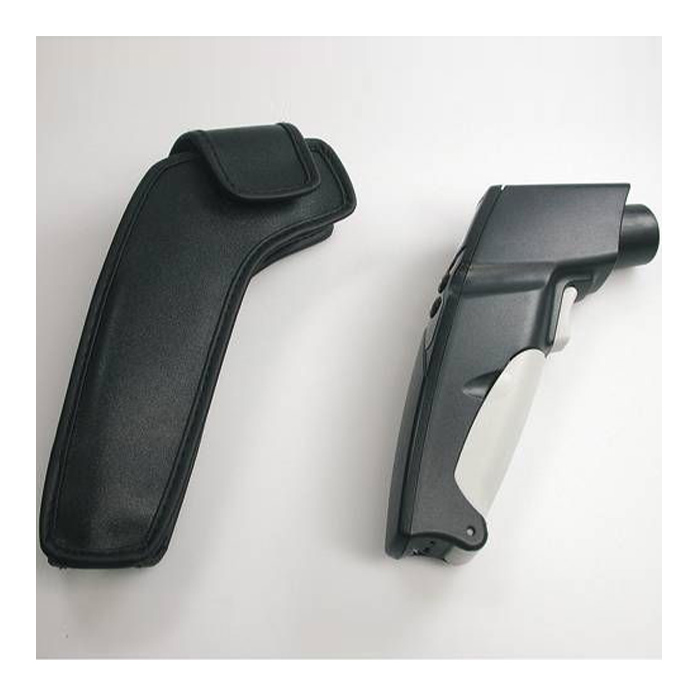
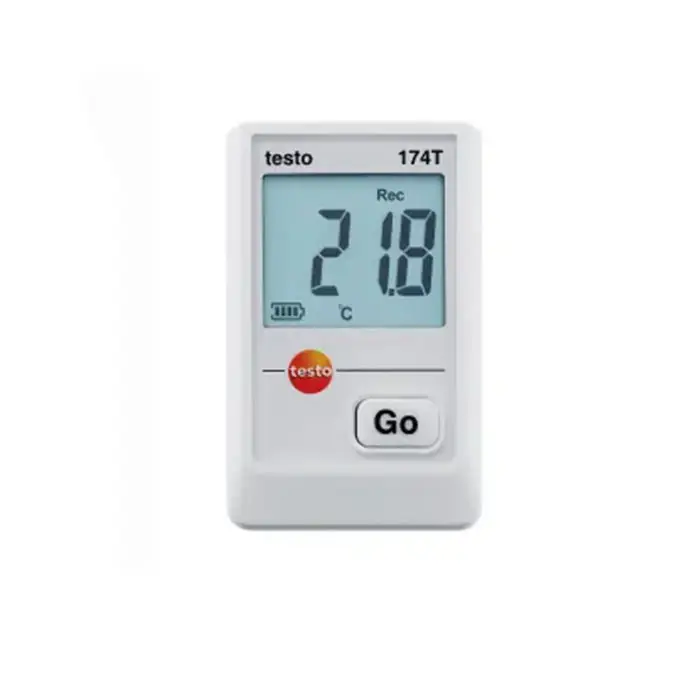
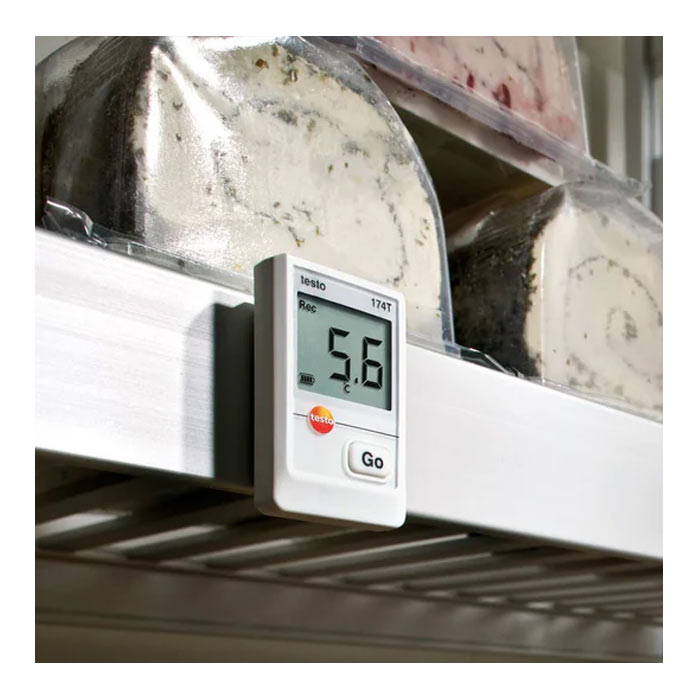




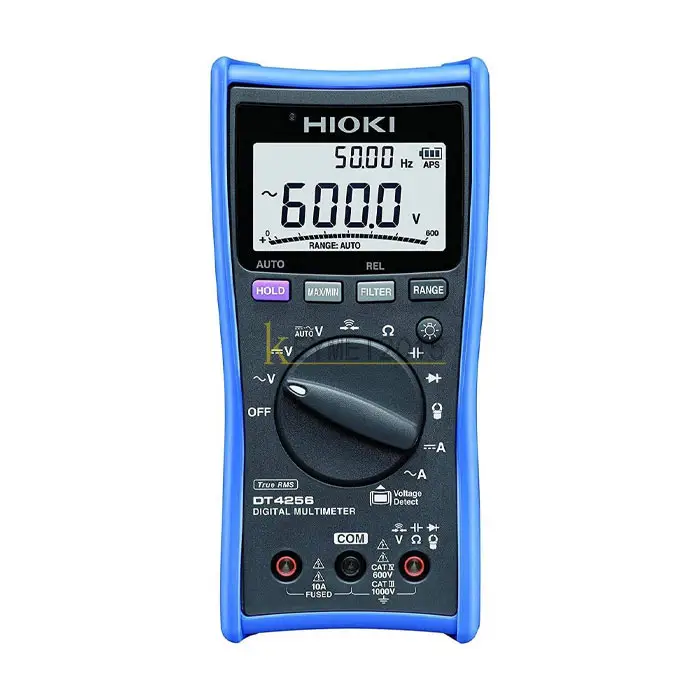
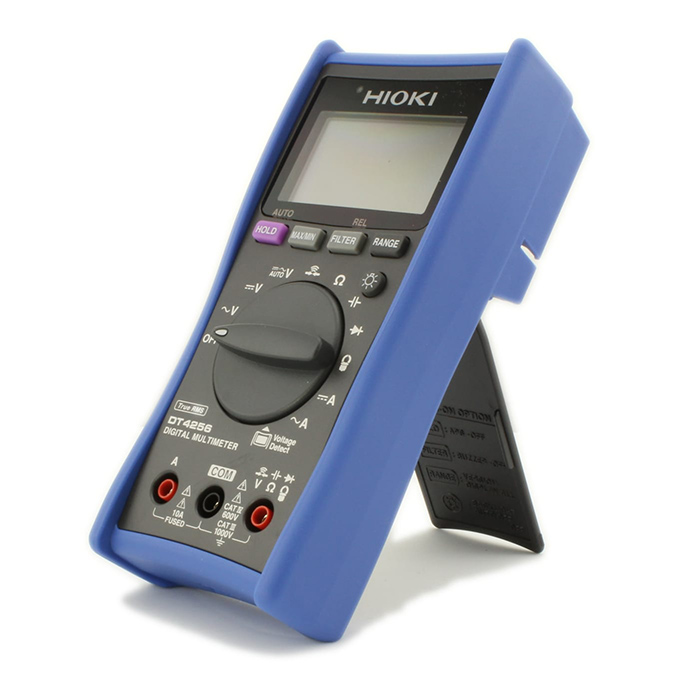
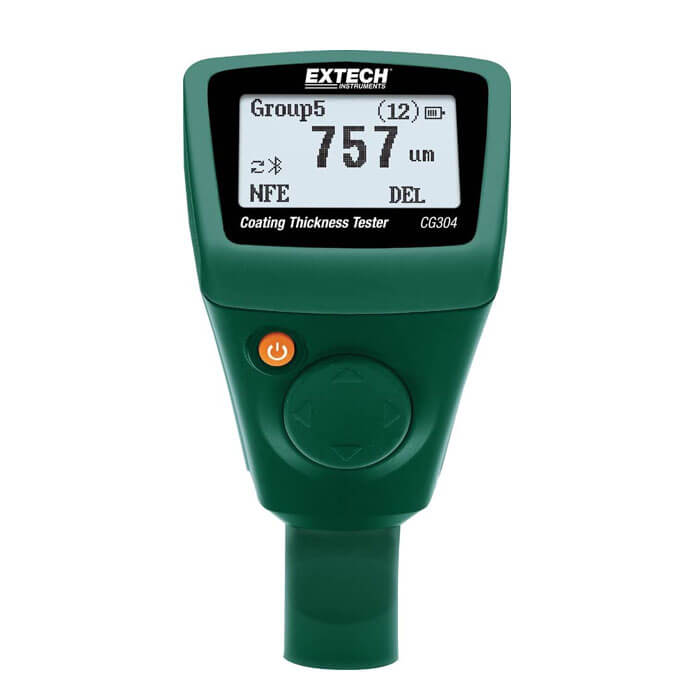
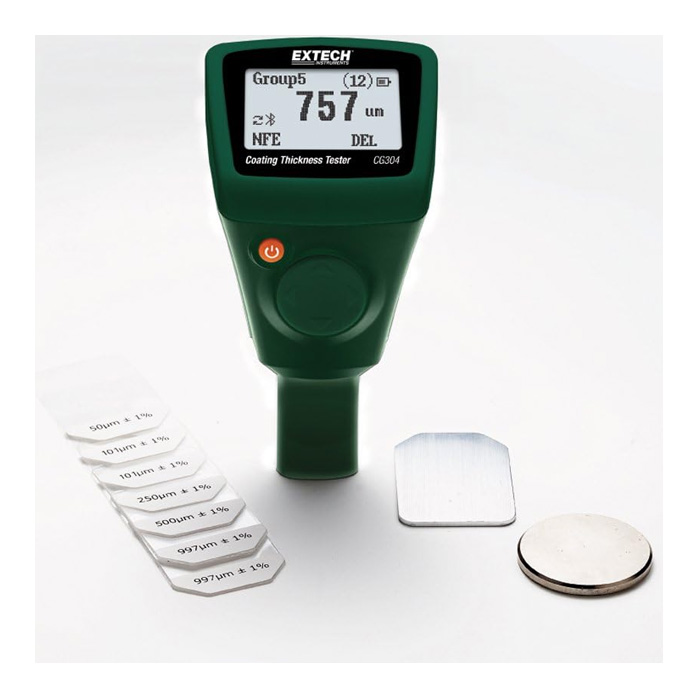





![Avoid $20K Downtime with These Shaft Alignment Tools [2025 Guide] 1 Skf Tksa 31 Shaft Alignment Tool](https://mme-ae.com/wp-content/uploads/SKF-TKSA-31-Shaft-alignment-tool-300x300.webp)
![Avoid $20K Downtime with These Shaft Alignment Tools [2025 Guide] 2 Skf Tksa 31 Shaft Alignment Tool](https://mme-ae.com/wp-content/uploads/SKF-TKSA-31-Shaft-alignment-tool-1-300x300.webp)
![Avoid $20K Downtime with These Shaft Alignment Tools [2025 Guide] 6 Skf Tksa 41](https://mme-ae.com/wp-content/uploads/SKF-TKSA-41-300x300.webp)
![Avoid $20K Downtime with These Shaft Alignment Tools [2025 Guide] 7 Skf Tksa 41 Shaft Alignment Tool1](https://mme-ae.com/wp-content/uploads/2024/09/SKF-TKSA-41-Shaft-Alignment-Tool1-300x300.webp)
![Avoid $20K Downtime with These Shaft Alignment Tools [2025 Guide] 11 Skf Shaft Alignment Tool Tksa 51](https://mme-ae.com/wp-content/uploads/2025/05/Product-frame-mme-Recovered-Recovered-23-300x300.webp)
![Avoid $20K Downtime with These Shaft Alignment Tools [2025 Guide] 12 Skf Tksa 51 Laser Shaft Alignment System](https://mme-ae.com/wp-content/uploads/2025/05/Product-frame-mme-Recovered-Recovered-24-300x300.webp)
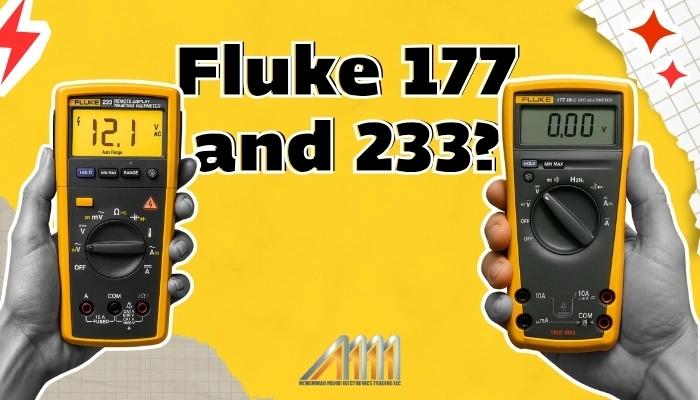
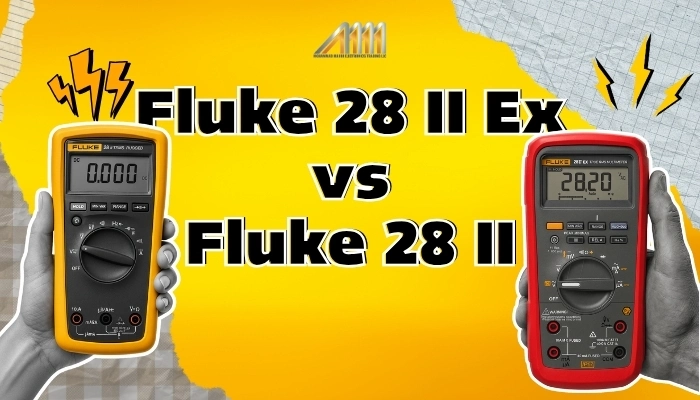

 Bench Multimeters
Bench Multimeters